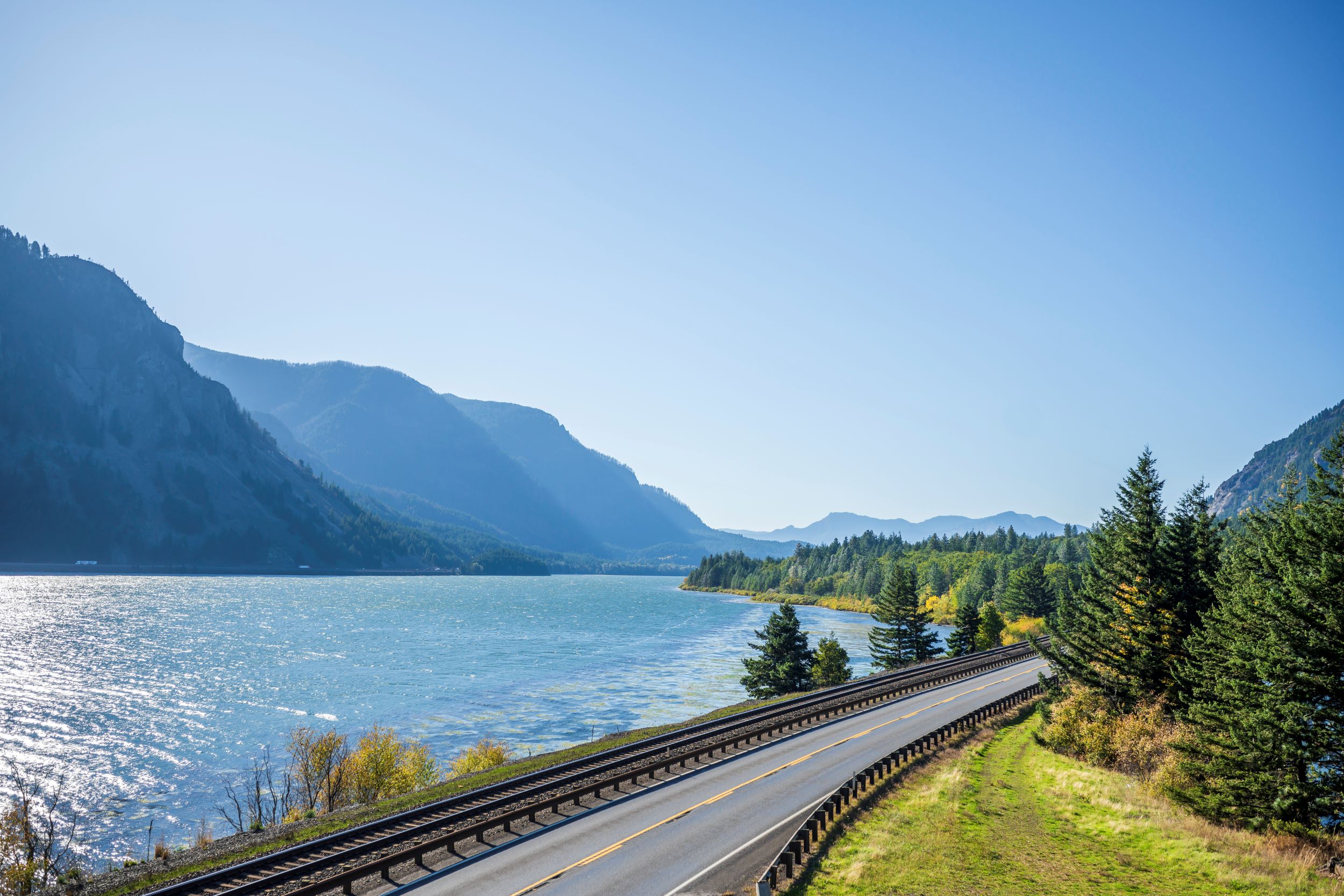As temperatures rise and burnbans are up, we’d like to ask: How ‘firewise’ are you?
A client from Eastern Washington (and member of the McClain family – he’s Nick’s father-in-law) recommended a great website for homeowners and communities in high-risk areas for wildfires: Please visit Firewise.org for valuable information and resources.
Here is a great excerpt: Seven Features of a Firewise Home
1. Maintain a Home Ignition Zone
The Home Ignition Zone begins with at least 30 feet of space immediately around the home and extending out as far as 100 to 200 feet depending on the characteristics of the surrounding forests or grasslands. Creating and maintaining the Home Ignition Zone reduces or eliminates ignition hazards presented by vegetation (by thinning or spacing, removing dead leaves and needles and pruning shrubs and trees branches) and combustible construction (wooden porches, decks, storage sheds, outbuildings, swing sets and fences)
2. Lean, Clean and Green Landscaping
With Firewise landscaping, you can create survivable space around your home that reduces wildfire threat.
– Prune large trees so that the lowest branches are at least 6-10 feet high, to prevent a fire on the ground from spreading to the tree tops
– Remove ornamental junipers, paupon, holly, red cedar and young pine trees, as well as flammable plants that contain resins, oils and waxes that burn easily. Check with your local forestry office, county extension or landscape specialist for less-flammable plants. And keep in mind that even though mulch helps retain soil moisture, it can become highly flammable when too dry.
3. Fire-Resistant Roof Construction
Fire-resistant roof-construction materials include Class-A asphalt shingles, metal, slate or clay tile, and concrete products. Include a fire-resistant sub-roof to increase protection. Inspect your roof regularly for deterioration and breaks, spaces or cracks between roof tiles.
Something as simple as keeping the roof, gutters and eaves clear of leaves and other debris can reduce your fire threat. Make sure vents are as close as possible to the roof line. Box in eaves, but leave enough ventilation to prevent condensation and mildew.
4. Fire-Resistant Attachments
These include any structure connected to your home, such as decks, porches, or fences. If these structures attached to a home are not fire-resistant, then the home as a whole is vulnerable to ignition.
5. Fire-Resistant Construction
Wall materials that resist heat and flames include brick, cement, plaster, stucco, and concrete masonry. Tempered and double-pane glass windows can make a home more resistant to wildfire heat and flames. Firebrands (embers) can collect in small nooks and crannies and ignite combustible materials.
6. A Disaster Plan
Take time before an emergency happens to prepare for it – the need to evacuate can occur without notice. When wildfire conditions exist, be ready to take action. Discuss with your family what actions you will take. Post emergency phone numbers in a visible place. Leave before it’s too late. Decide where you will go, and how you will get there. Have tools available (shovel, rake, axe, handsaw, or chain saw). Maintain an emergency water source. Have a plan for your pets. Practice family fire drills.
7. Emergency Access
To help emergency personnel quickly find the location of the emergency, identify your home and neighborhood with legible and clearly marked street names and numbers. Include a driveway that us at least 12 feet wide with a vertical clearance of 15 feet and a slope of less than 5% to provide access to emergency vehicles.
For more information, please visit www.firewise.org.

